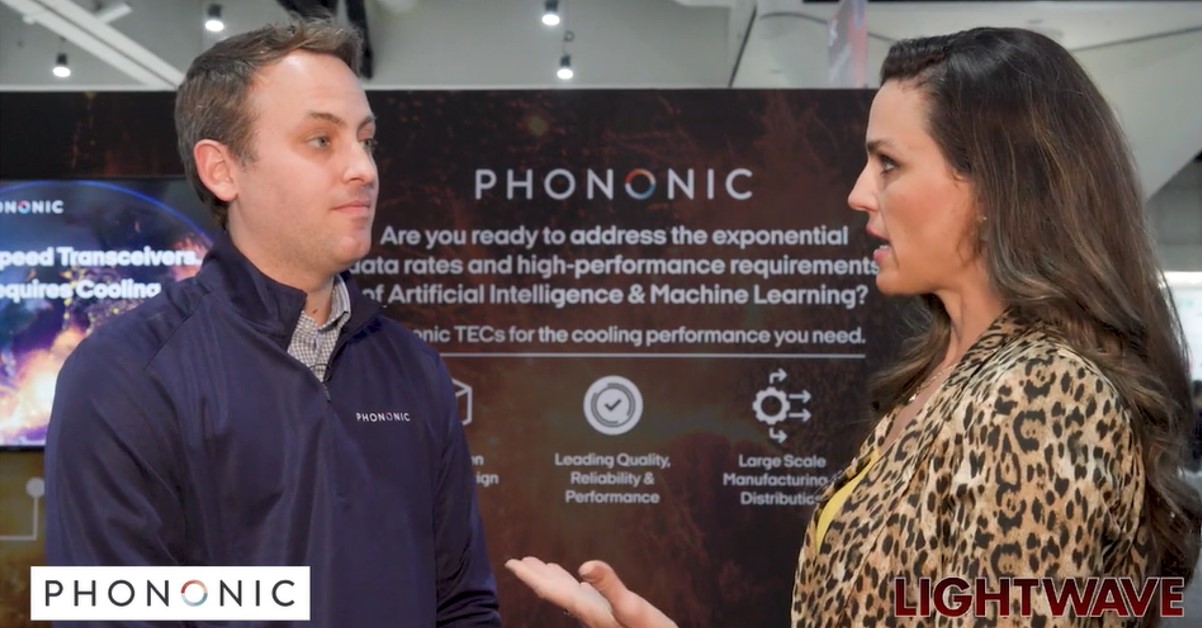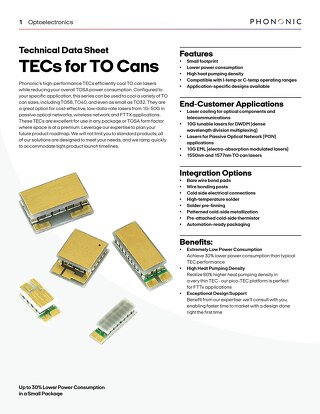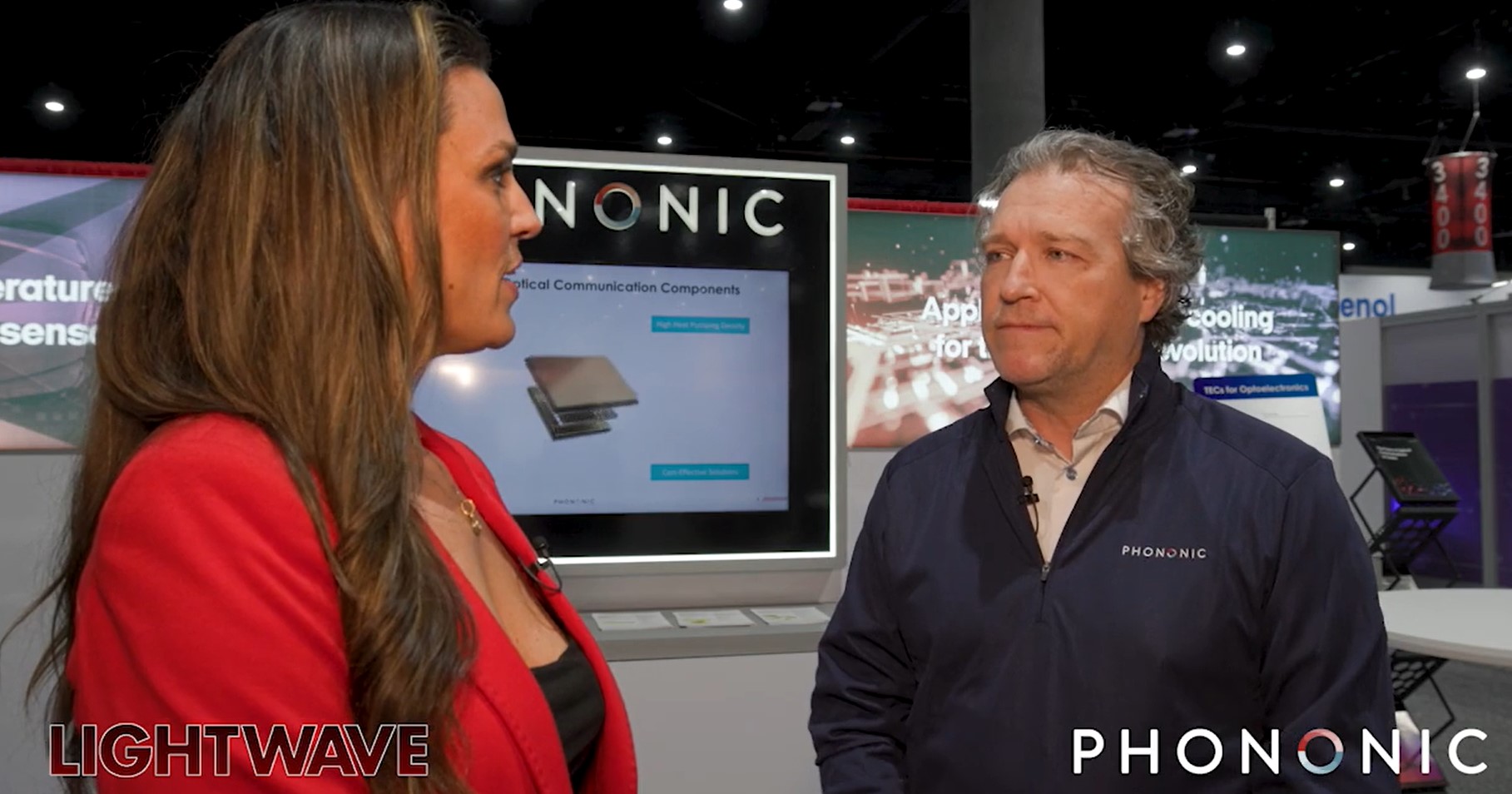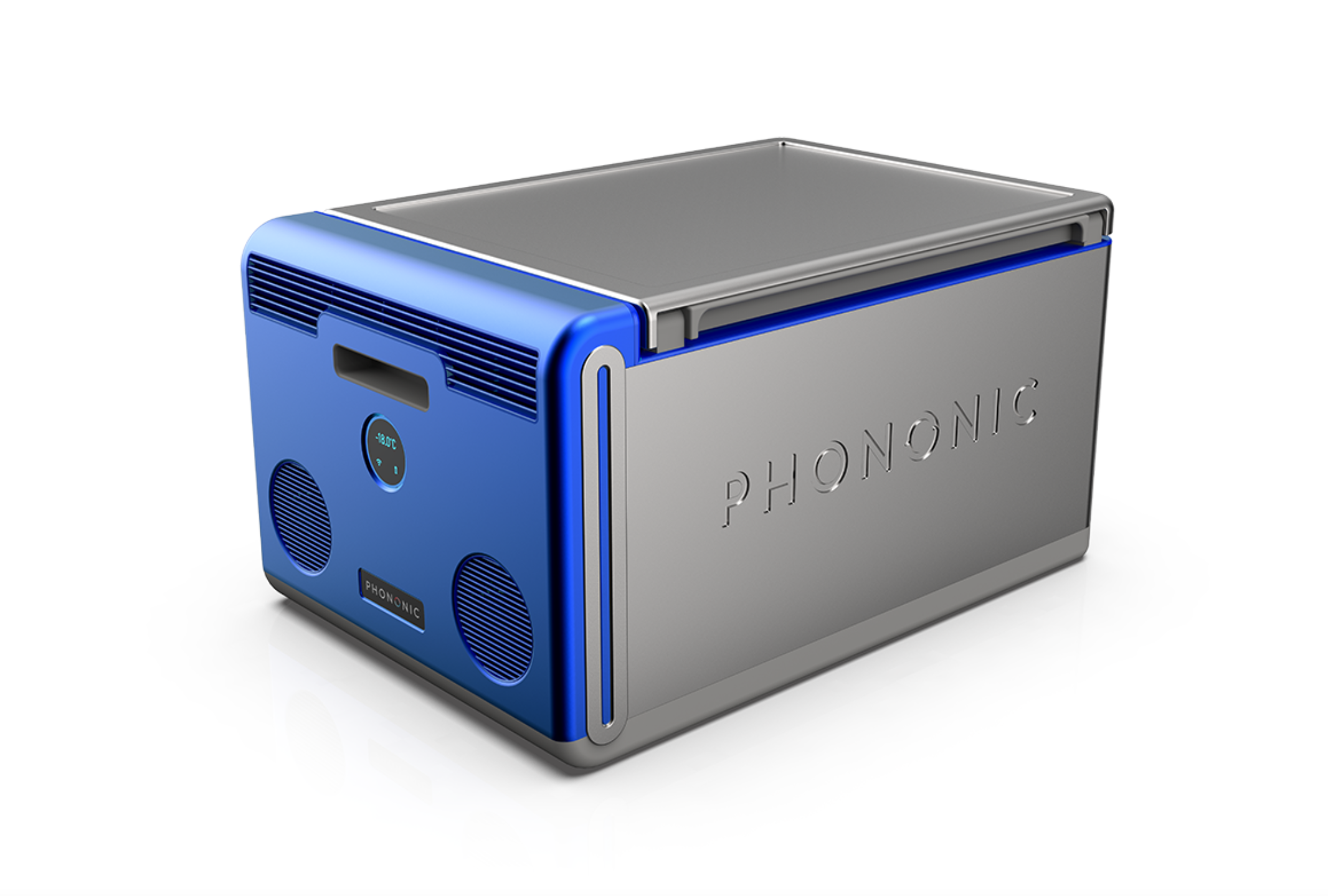Light Detection and Ranging (LiDAR)
June 14, 2019
LiDAR stands for light detection and ranging. It is also known as laser scanning or 3-D scanning. LiDAR instruments are primarily made up of a laser, a scanner, and a GPS receiver. LiDAR can be used for the purposes of autonomous vehicles and face detection. The basic premise of LiDAR is that a laser is shot out and then tracked to see how long it takes for it to return. LiDAR systems use lasers to send out pulses of light just outside the visible spectrum and then track the time it takes for each pulse to return. In fact, a LiDAR system is capable of sending and receiving millions of pulses per second and complete revolutions per second. Generally, a LiDAR system conducts its monitoring process by making continuous circular sweeps to monitor much like a radar dish. All the while, the lasers proceed in an up and down motion. Once the lasers are registered, the LiDAR system develops a point cloud or map. For example, the constant laser monitoring can give a car a visual of its nearby surroundings. In terms of examples of LiDAR being applied, there is the previously mentioned example of an autonomous car or robot and face detection/recognition.
Phononic’s Solutions for LiDAR
Phononic’s TECs allow the optoelectronic devices inside your LiDAR systems to cool properly. In addition, there are several other benefits when properly cooling your optoelectronic devices within your LiDAR systems. With better cooling allows for improved temperature/wavelength stability, pulse/modulation frequency, and reliability. Another benefit to Phononic TEC cooling is the assistance towards increased sensitivity for PIN detectors, coherent detection, and temperature stability for Avalanche Photodiode (APD). Lastly, Phononic’s cooling assists with providing enhanced time-of-flight range and velocity, improving multi-wavelength capability, and E-O/MEMS beam steering. Providing proper cooling towards your LiDAR infrastructure will only improve and enhance your remote sensing.










